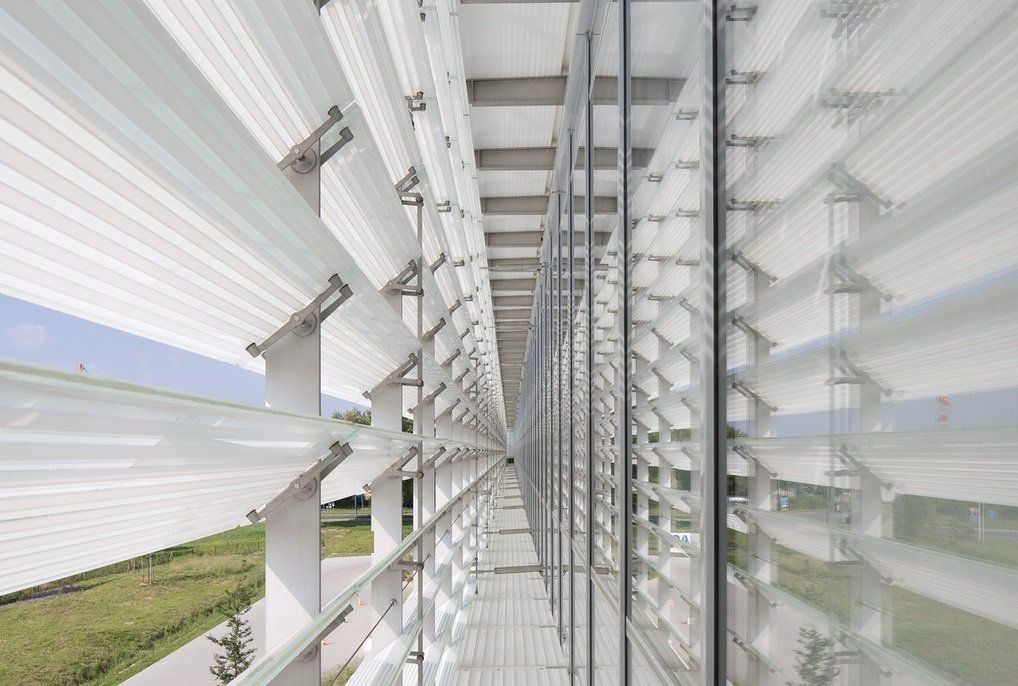It’s essential to understand all the relevant laws regarding new and existing buildings, especially if you’re in the design or construction industry. But, even as a private citizen, completing an extension or similar yourself, you need to be aware of how the rules and regulations affect you.

It may not seem critical when you’re completing the work but, if someone is injured through faulty design or engineering, it’s you that’s going to face the legal issues. Of course, you can only hope that there will be no issue, and in many cases, there isn’t.
Just don’t forget that a bad decision today could cost people lives in the future, do you really want to be liable for that?
The perfect example is the Greenfell Tower in the UK, it is listed as one of the worst modern disasters in the UK and the cladding on the building has been found to be at fault for the fire spreading so quickly.
It has led to questions of whether the cladding was compliant, it clearly wasn’t fireproof. That’s why, when constructing buildings, you don’t just need to consider the law, you need to consider what’s best for the building now and in the future. For example, palliside cladding may not be a legal requirement, but it is fireproof and stylish looking.
How Legal Issues Become Complicated
It should be straightforward considering what materials and safety regs to follow when constructing a new building, you simply need to follow the latest government guidelines. However, once the building has been established for a few years and you seek to make improvements, it can be more difficult to know what is legally and morally acceptable.
That’s because many of the designs will be incorporated into the building and not easy to change. Just because they were accepted at the time of building doesn’t make them acceptable today.
If you’re undertaking this type of project you need to consider if something were to happen, particularly death or serious injury, the courts would look at the following:
- Whether it was possible to foresee the death or injury
- Has the building been routinely maintained in line with an owner’s duty of care?
In short, if you could have predicted the problem and have done nothing about it, you’re still likely to be liable.
Keeping The Building Safe & Compliant
The most important thing is to log all your inspections and any issues found. Of course, the inspections need to be thorough and examine where the building falls short of modern building codes.
You’ll then need to undertake a retrofit to bring the building up to code.
However, if this is not possible then it will be time to incorporate plenty of signage into the building, ensuring all users are aware of the risk. Alongside this you’ll need to document the issue and why retrofit s not a possibility.
By recording all these actions you’ll show that you’ve done the very best you can to keep the building safe and compliant, whatever the current code.
 World inside pictures Collect and share the best ideas that make our life easier
World inside pictures Collect and share the best ideas that make our life easier








